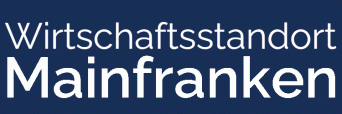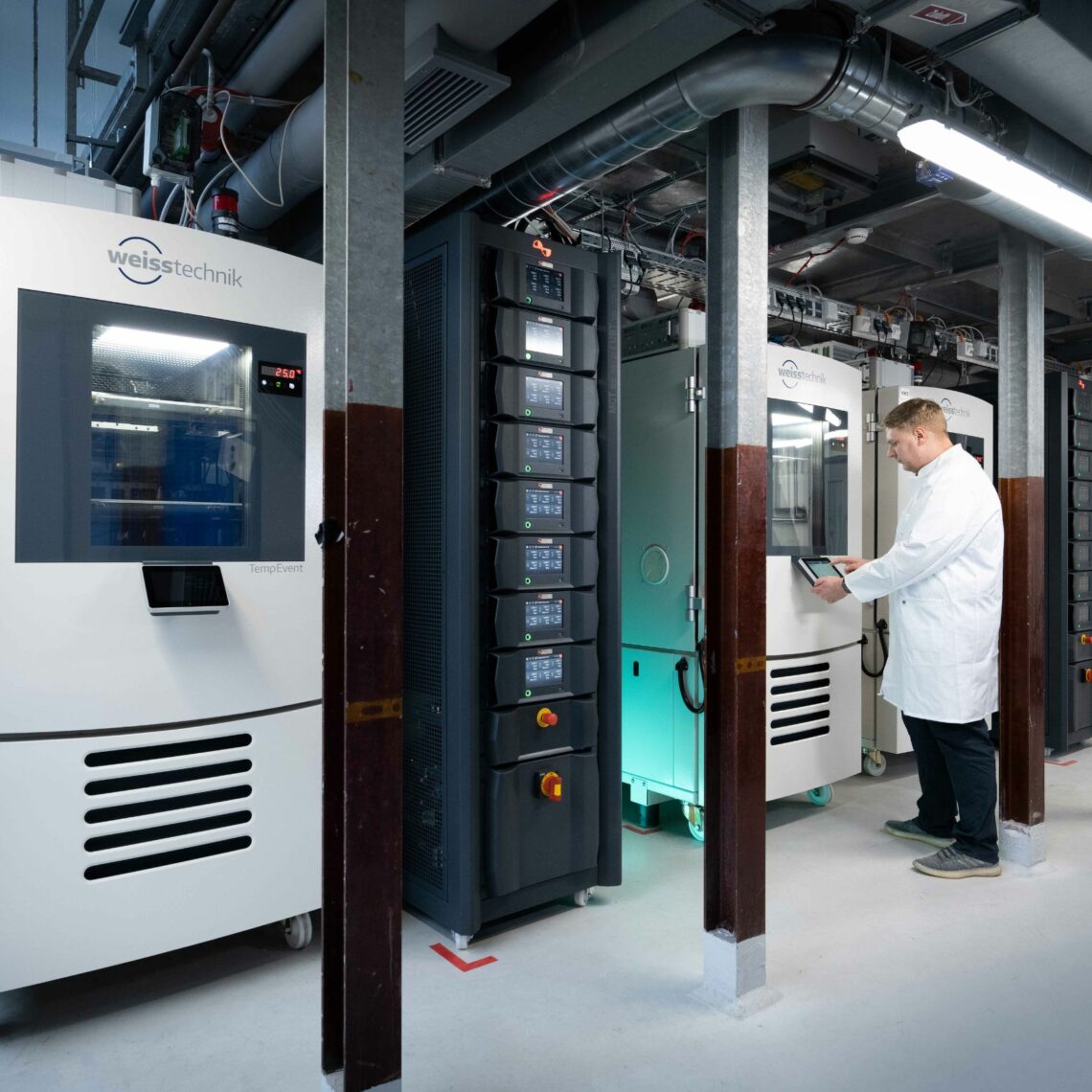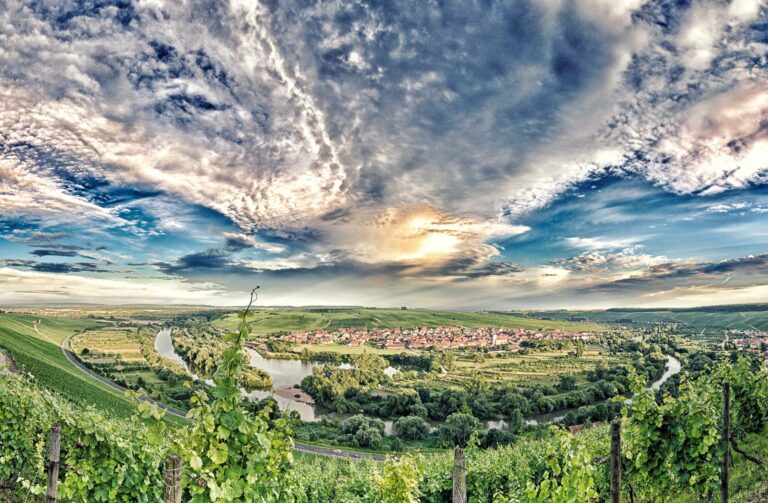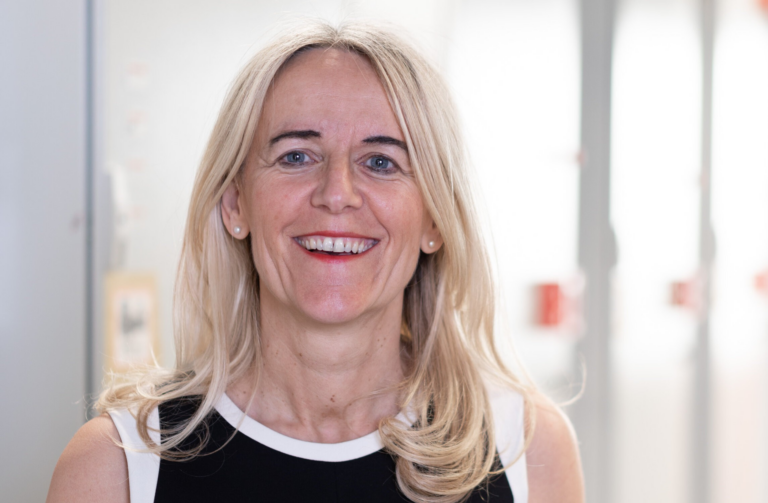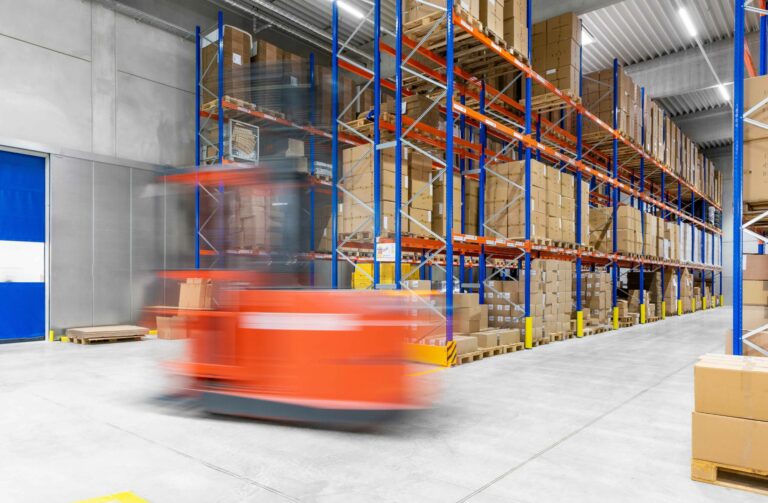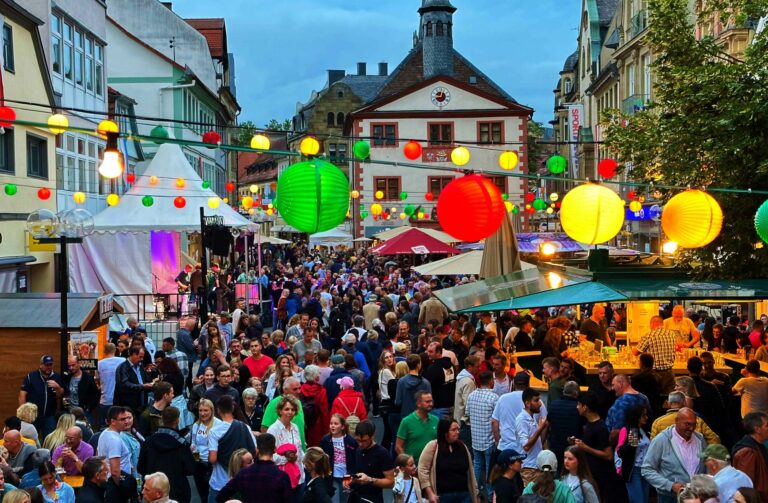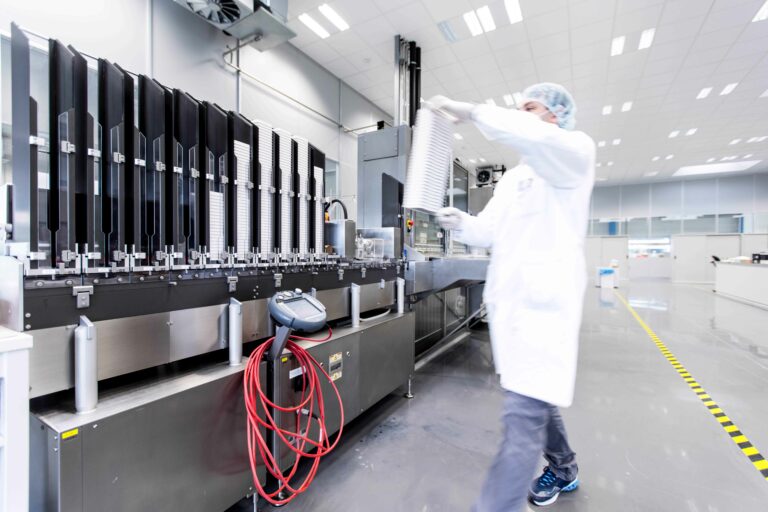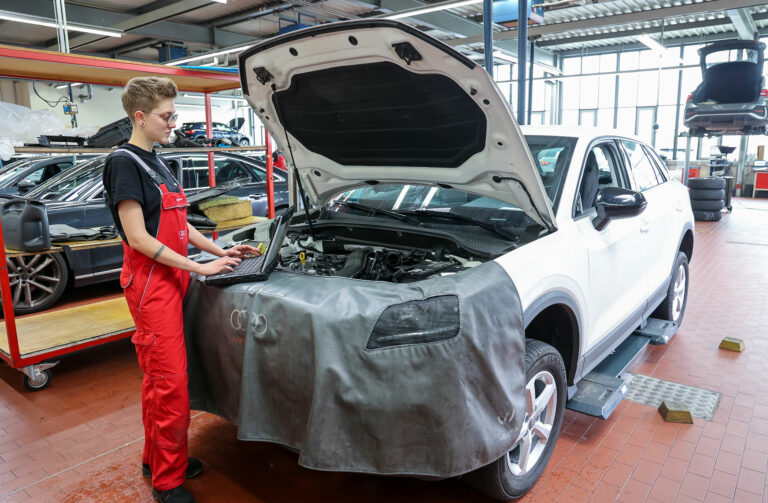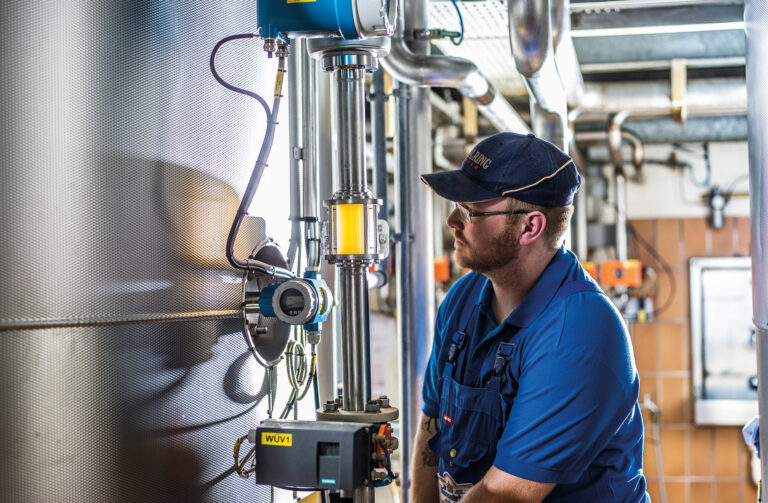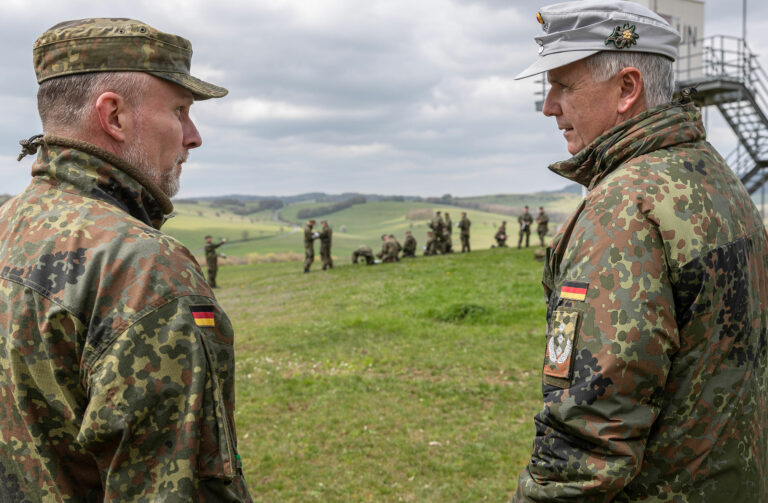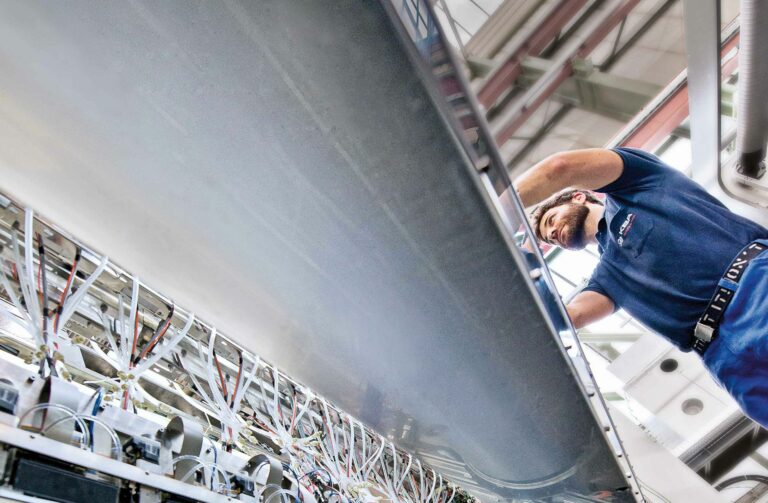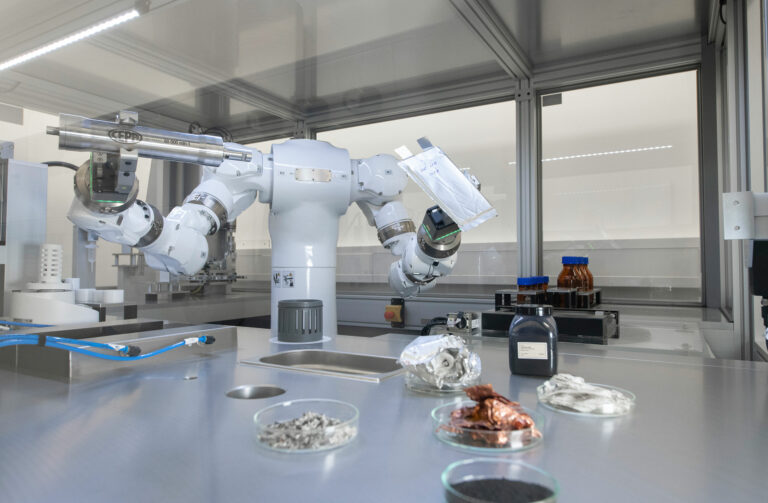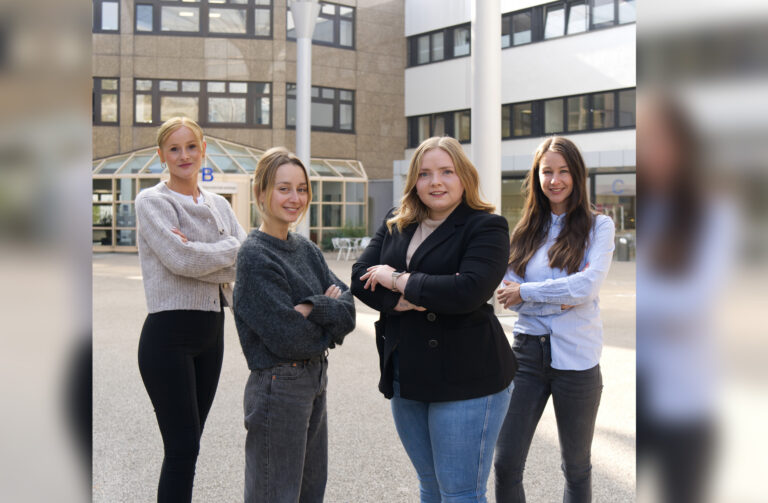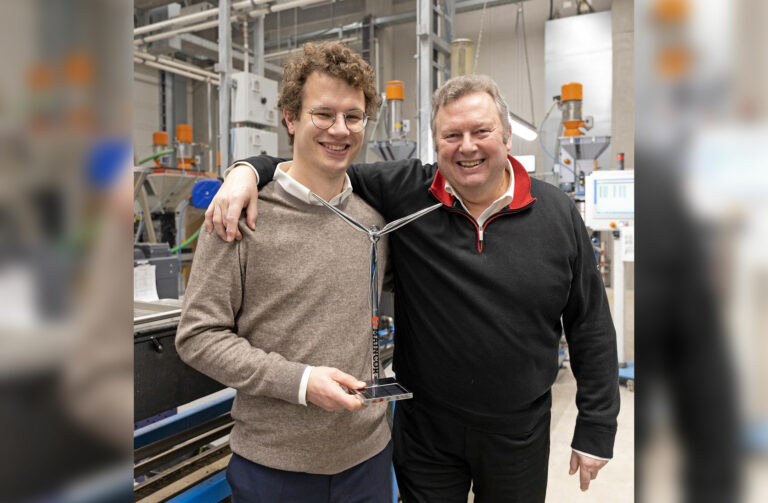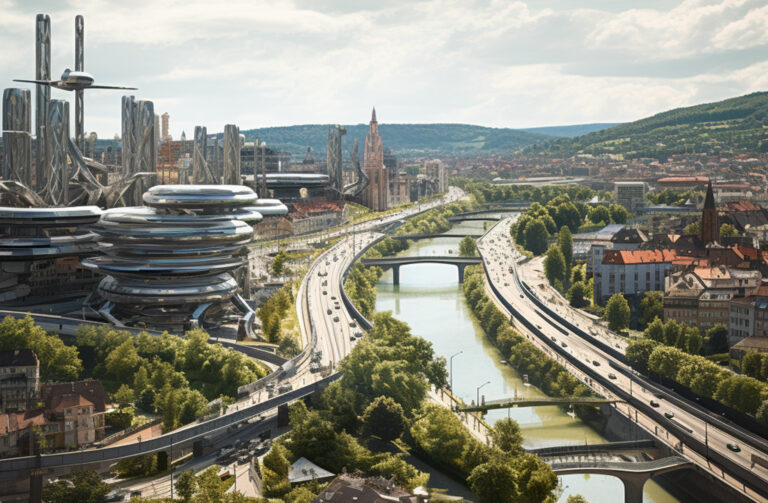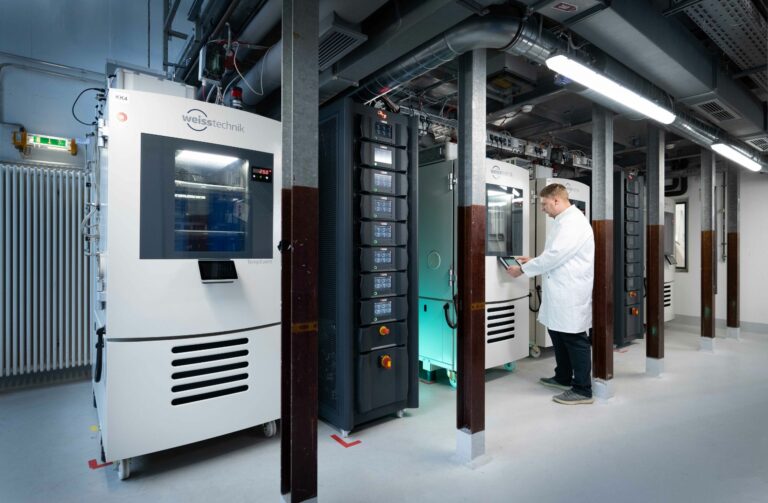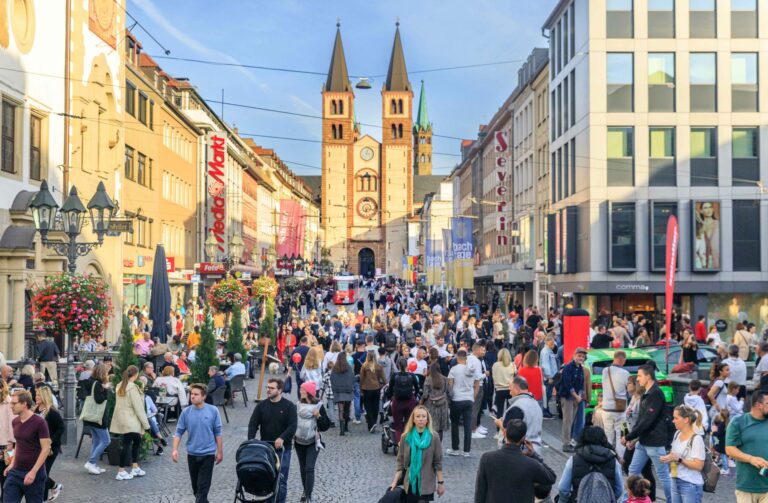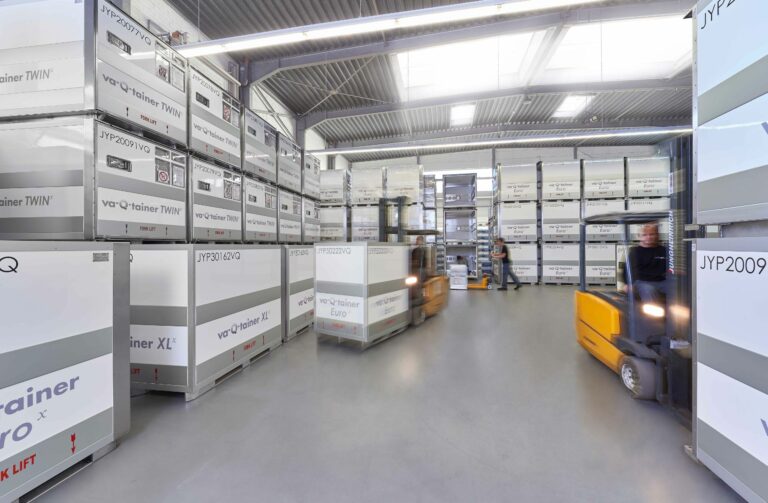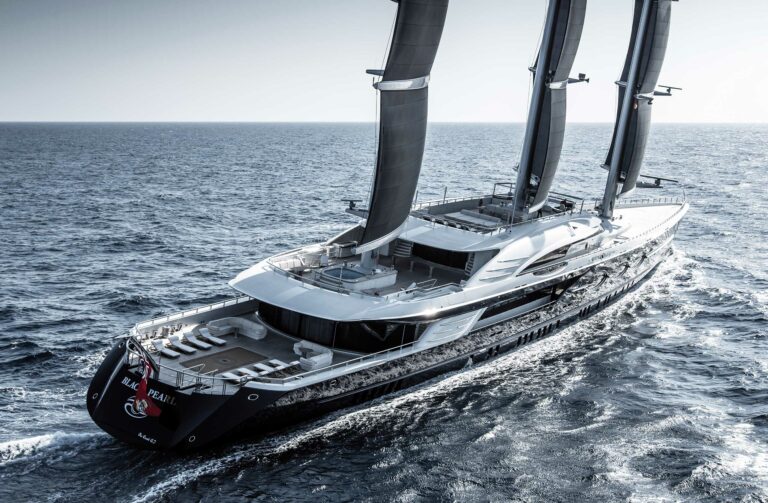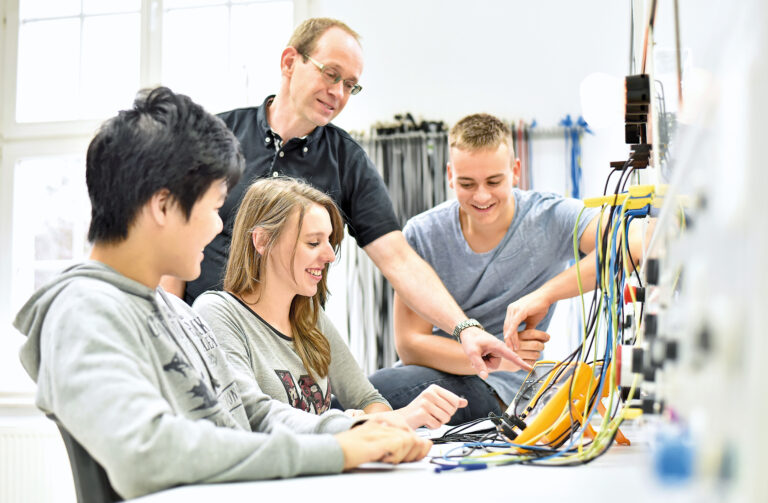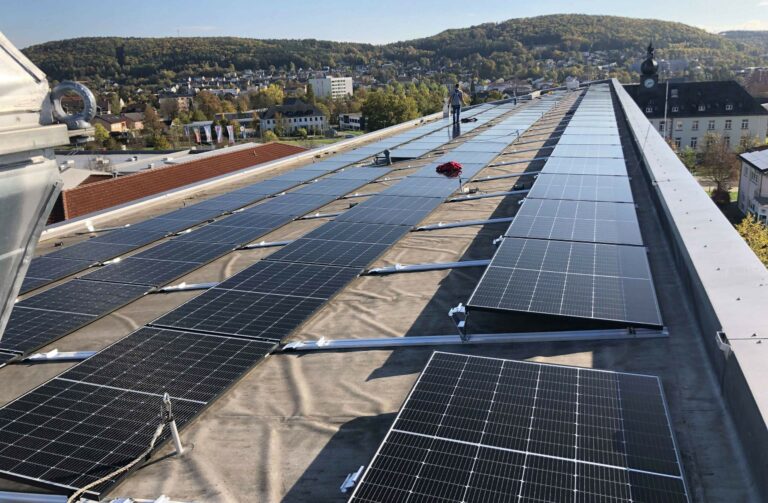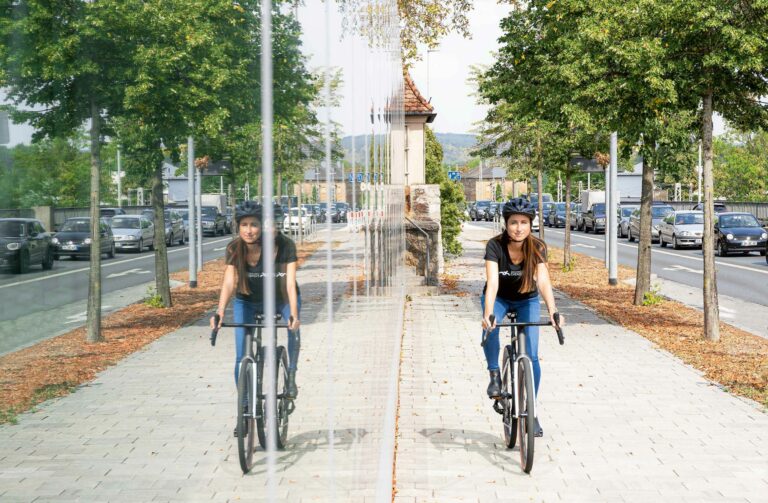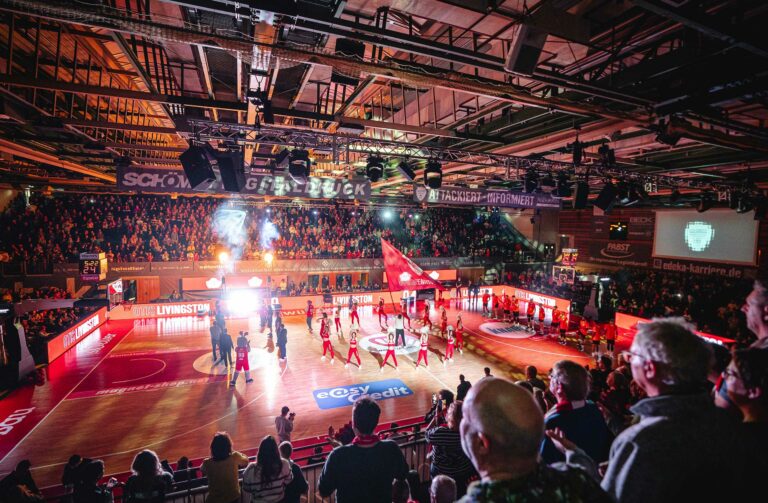Main Franconia from an economic perspective: a region undergoing transformation
The only constant in life is change – this sentence applies to many things, but particularly to the economic structure in Main Franconia. The only constant in life is change – this sentence applies to many things, but particularly to the economic structure in Main Franconia. While change has always been part of everyday economic life, there is definitely a sense that the speed and intensity of innovation is picking up pace. Not least because digitalisation and sustainability, the two main megatrends of our time, are ensuring that small and medium-sized enterprises in particular are consequently having to face up to ever more new challenges – this is extremely relevant to the Main Franconia region which is dominated by SMEs. The positive aspect here is that SMEs have always overcome the challenge of any changes in the past and will continue to do so in the future – as long as they are given the chance to do so!
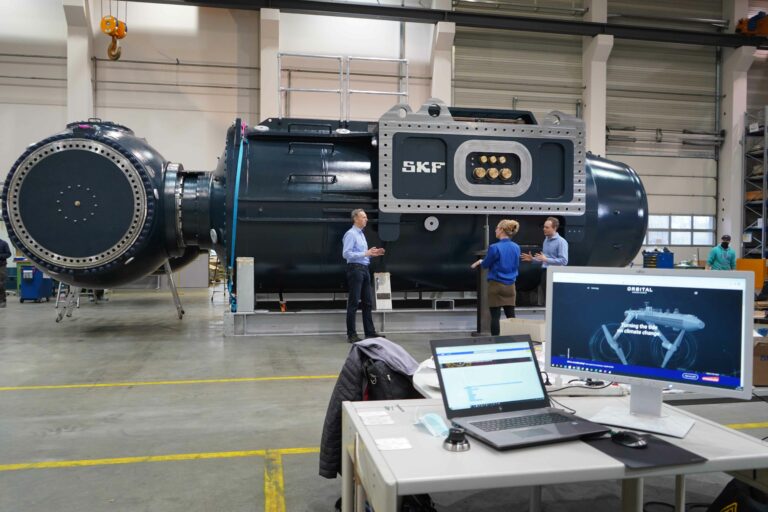
Main Franconia as a resilient and diverse economic region
Our great region of Main Franconia is characterised by tremendous diversity in its economic structure and in the industries and companies located here. Companies such as Bosch Rexroth AG, Flyeralarm GmbH, Knauf Gips KG, König & Bauer AG, SKF GmbH, s.Oliver, va-Q-Tec AG, WAREMA Renkhoff SE or ZF shape the region as do many successful family-run companies in all parts of the region and the huge number of small businesses that are so important for Main Franconia – not to mention a constantly growing start-up scene in recent years. Around 71,000 CIC member companies at the beginning of 2023 and approximately 400,000 employees subject to social security contributions generate around 30 per cent of gross value added from the manufacturing sector, around 25 per cent from public/other services and slightly less from financial, insurance or business services. A little over 17 per cent is accounted for by trade, hotels and restaurants or transport. Over 44 per cent of exports, together with a broad-based economy, also point to a high level of international integration. And the figure of almost 2,300 active training companies in commercial and industrial engineering occupations shows just how proactively the companies based in Main Franconia focus on qualifying young people. Together with other framework conditions in the region, various universities and institutes from research and development, a good infrastructure and a very high quality of living, Main Franconia is well situated in the heart of Europe to cope with the changes that are coming to companies, to individual sectors or to an entire economic region. Because the complexity of the industries, but also the regional differences in the districts and cities, have proved to be extremely economically resilient in recent years.
Transformation confronts us with many questions
When we talk about change, we always tend to mean transformation in an economic context. But what does this mean? In a local sense, depending on the intensity, transformation means nothing less than a change in the economic structure as we know it. Technological innovations, including the two megatrends digitalisation and sustainability already mentioned, are changing proven business models that still work today.
What’s the point of management consultancies or lawyers if artificial intelligence is taking over these tasks more efficiently and faster? What’s the point of manufacturing processes in mechanical engineering when all the products we need come out of the 3D printer? What’s the point of having an infrastructure with roads and railways, or even new commercial real estate complexes with a number of office spaces, when all employees will soon be working from home and going on customer visits using virtual reality (VR) glasses? It is bound to not come to that – at least not in the next few years – but these questions reveal the essence of what the keyword transformation really means: digitalisation and sustainability, the two megatrends that cover everything else, will undoubtedly lead to significant changes in the world of work. Questions are cropping up about possible new industry structures, their economic performance, the number of jobs in future and international competitiveness.
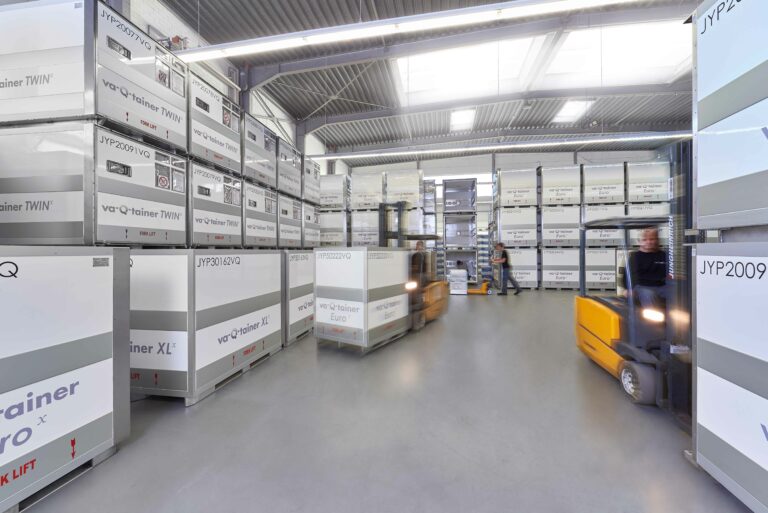
With regard to the changes in individual industries, nowhere is the transformation becoming more apparent than in the automotive industry and its supplier industries. Electrification, automation or connectivity are key issues in the automotive industry, which are not least relevant for our economic area. The mobility of the future is likely to be different to today’s. But if internal combustion engines are no longer permitted in future, what does this mean for the numerous suppliers in the region? If our driving behaviour is to change, to move away from private transport, what will the resulting developments be for selling private cars in this country? And what about the future of the many employees in this sector? Answers to these questions are essential for Main Franconia. The transform.RMF project by the Main Franconia region and the Technical University of Applied Sciences Würzburg-Schweinfurt (THWS) is a good example of how we can work together in the region to develop strategies for the regional transformation in this sector, which is so important to us, to take the interests of the numerous SMEs into account and, for example, to inspire young managers for the region by focussing on qualifications.
And there is one thing we must not forget: the automotive industry is one of many in Main Franconia. Areas such as medicine and health, energy and the environment, media and IT and others will also have to find answers to questions in the course of this transformation.
Framework conditions and minds are crucial to the transformation
There are no easy answers to questions about the consequences of this transformation for the region. The consequences of numerous ideas, on the one hand, and the phenomenal dynamism and innovation that comes with topics such as artificial intelligence, 3D printing, Industry 4.0 or automation, on the other hand, cannot be fully predicted today. This makes it all the more important to focus on the right framework conditions in the region. In this regard, two points are crucial from the point of view of the Würzburg-Schweinfurt Chamber of Industry and Commerce: Firstly, the degree of freedom for the economy and the framework conditions made possible by politics and society – think of digital administrative structures, the provision of essential infrastructure (broadband, energy, mobility) and the reduction of red tape. And secondly, we need to focus even more than we have done so far on the factors in our economic region that are making a significant contribution to the transformation: the people and their many great ideas. If we leverage this potential, we will succeed in transforming our region.
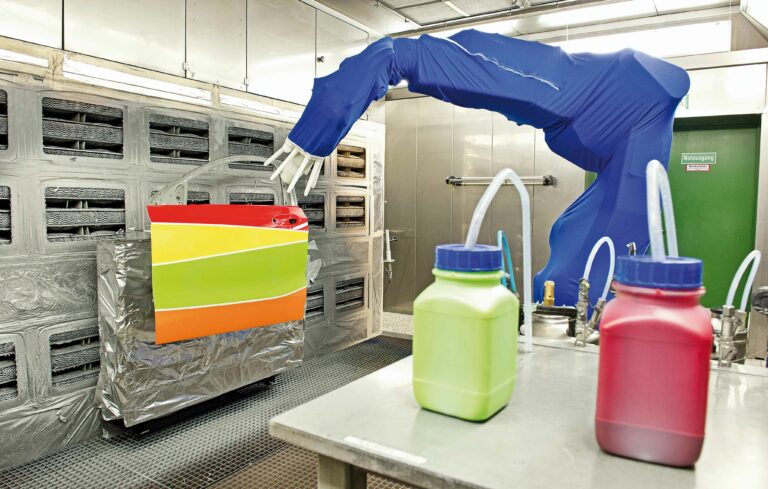
Scientific institutions as important supporters of the transformation
Approximately 40,000 students at the University of Würzburg, the THWS and the University of Music are the foundation for the region’s young professionals and leaders. Not forgetting the many other educational institutions and schools that pass the necessary knowledge onto their learners.
Based on this, research institutions and institutes offer solutions for a wide variety of future issues, to integrate new technological developments into the everyday lives of companies and in particular SMEs: for example, the Centre for Applied Energy Research e.V. with a focus on climate action or hydrogen, the SKZ Plastics Centre in the area of new materials or the Zentrum für Telematik e.V. with a focus on aerospace. The decision to establish new technology transfer centres (TTCs) in the region is also important in this context. In addition to the TTCs that already exist in Bad Neustadt (e-mobility) and Haßfurt (smart polymer pipe systems), three other TTCs will promote networking between business and science in the future in Bad Kissingen (sustainable digital transformation), Kitzingen (robotics – artificial intelligence – digitalisation) and Main-Spessart (sustainable digital and additive production). Finally, regional business incubators such as GRIBS in Schweinfurt, RSG in Bad Kissingen, TGZ Würzburg and ZDI Main Franconia throughout the region make it possible to transfer know-how and expertise into new and innovative business ideas. In this way, they are promoting start-ups as cooperation partners for SMEs and also establishing a dynamic transformation spirit in Main Franconia. The mix of skilled minds, research institutions, and the players who develop business models from ideas is crucial to providing changes in the process of transforming our economic region – regardless of the industry in question -–with what they need: innovative ideas and people who want to put them into practice.
The fact is: Main Franconia is ideally positioned for the requirements of the future. For despite all the uncertainties that a transformation entails, one thing must not be forgotten in the end: Transformation is an opportunity for the future, you just have to seize it. Let’s do it!
Header picture: Test bench for high-current battery channels for automotive cells, stationary energy storage and other high power or large cell applications. Photo: K. Dobberke für Fraunhofer ISC
